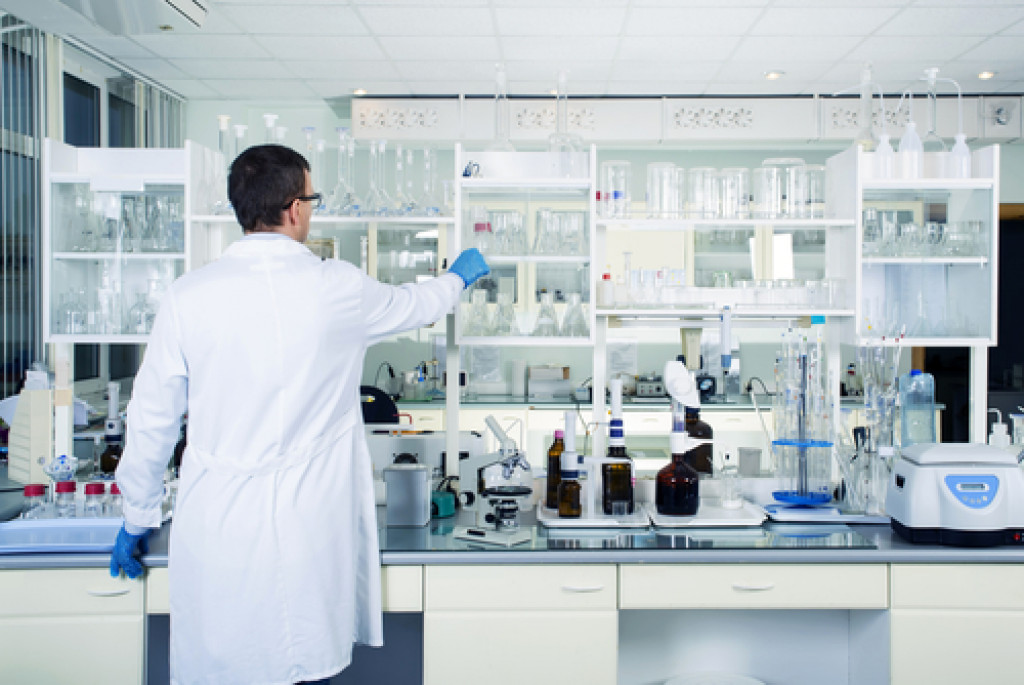Technology is truly fast improving, and we are experiencing great conveniences because of it. These technological advancements are not only seen in smartphones and daily drivers but also in the medical field. Here are some examples of how modern tech affects healthcare.
Digital Records and AI
There are many uses for artificial intelligence (AI), and the medical field is trying to integrate AI systems in the workplace. Not only can it help at the workplace with paperwork, but it also aids in remote consultations. Through AI applications, patients can input their symptoms, be connected with a physician related to their concern, and be given assistance. From mining patient records to gathering clinical insights to improve patient care, AI has the potential to truly change the medical landscape for the better.
Virtual Reality for Medical Students and Patients Alike
When we hear virtual reality (VR), we almost always just think of the gaming industry. But through VR, medical students are able to study their lessons, particularly future surgeons. This technology allows medical students to practice operations, and this results in better performance than those who trained in a traditional manner.
Wearables and Sensors for Remote Monitoring
Smartwatches have become popular gadgets, as they can help users track their sleep, heart rate, or other health aspects in their daily lives. But that’s not the only way these wearables are being used in the field of medicine. It’s extremely helpful in hospice care services where a patient can be monitored by professionals even when not beside them.
Handheld Devices in the Hospital
While it isn’t a very new concept, handheld devices that aid hospital staff greatly increase efficiency in their workflow. In relation to wearables and sensors, these handheld devices are also being used in hospitals to help in various tasks, such as monitoring their patients, time management, as well as communications. Having handhelds in hospitals lessens the use of paper, too, and many hospitals are now replacing paper-based systems and moving records to the cloud.
DNA Sequencing
It’s now becoming more common for us to have our DNA tested to know our heritage, but it actually has a lot more uses. One of the major advantages is knowing a person’s medical information and history to help in diagnosis. This helps people make better and more informed decisions when it comes to their health. For example, once the results of a genetic test reveal a certain disease or a potential for a genetic disease, they can then be guided toward what steps they can take for medication or monitoring.

The Pharmaceutical Industry Thrives with Technology
Medical development is a tedious process that requires a lot of research, data gathering and deciphering, and computations. Through the help of supercomputers, the medical world can now perform these computations more accurately and at a faster rate. In addition, medical companies were able to continue their pharmaceutical testing and development last year despite restrictions due to the pandemic through the use of in silico trials or virtual clinical trials. Virtual clinical trials allow companies to test new medicine using virtual patients and simulating certain situations to provide data and insight.
How Nanotech Aids Medicine
It’s amazing how the technology we thought was just science fiction is actually now coming to life. Back in the day, nanotechnology was only related to imaginary situations in cartoons or in movies. But now, the medical field is researching, testing, and using nanotech to aid in medical procedures. For one, nanotech is currently being researched for the purpose of delivering medicine on a cellular level. If this type of technique succeeds, it will help in a more accurate and localized application of medicine in the body.
Robotics in Healthcare
Of course, nanobots aren’t the only type of robots being used in medicine. Robots are all around us and are already being used in hospitals. For example, we now see robotic carts that move around hospital corridors carrying supplies. In surgery, doctors can now also use robots to assist them through accurate and tinier incisions instead of longer ones. Robots are also being used in laboratories to help in transporting and analyzing samples. Medical schools and training centers also use robots to help them practice specific situations, such as giving birth or performing CPR.
Tech in Prosthetics
When we think about robotics, we can also see how it has helped in the development of prosthetics. 3D printing, for one, has greatly changed the accessibility of prosthetics. Now, it’s more possible to print artificial limbs and help people in need. There is also the development of bionic arms, which gives the user the ability to control the artificial limb through electronic signals and sensors.
These advancements have facilitated medical development and processes in the healthcare field. As innovations continue to grow, the medical industry will be able to provide the public with better treatment and access, which can eventually help society live in a safer and healthier world.
Thanks to technology, the job of the contractor is easier, faster, and more efficient. You will notice this in the quality of the homes and buildings and the amount of time it takes for contractors to build these. Residential and commercial buildings keep popping up everywhere because of modern technology.

